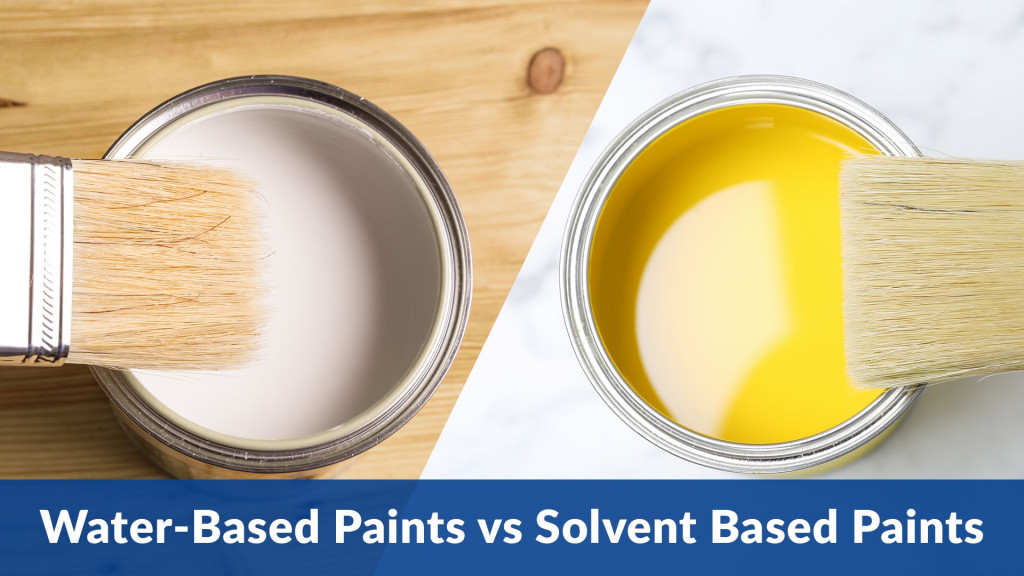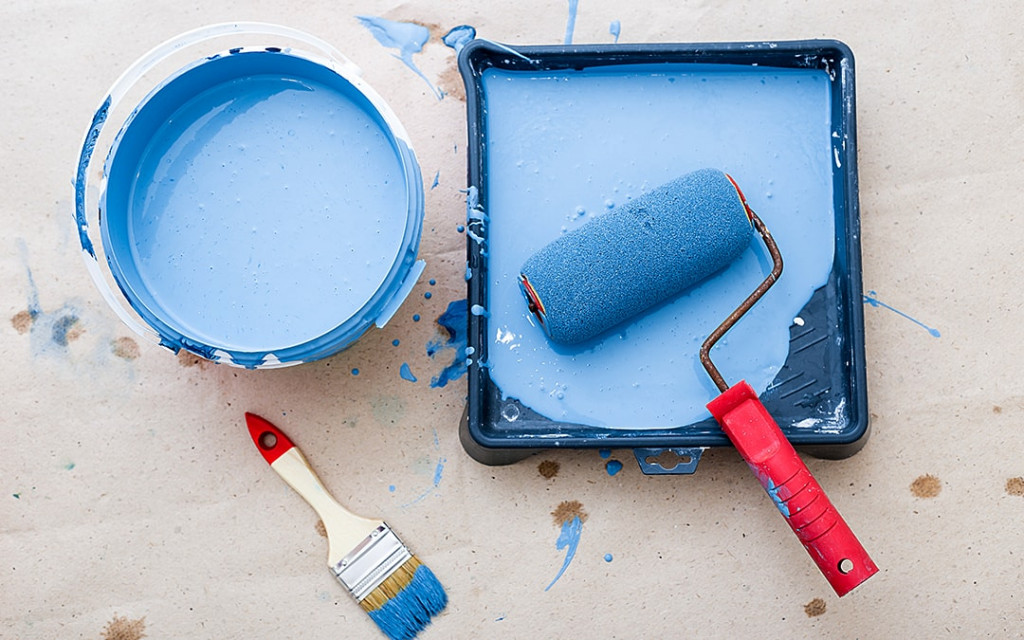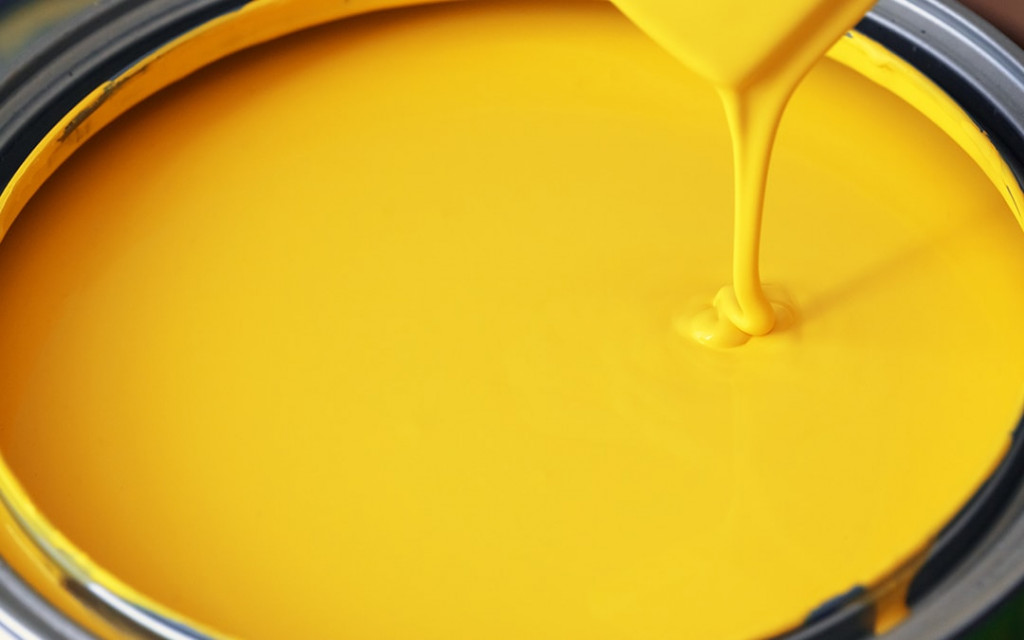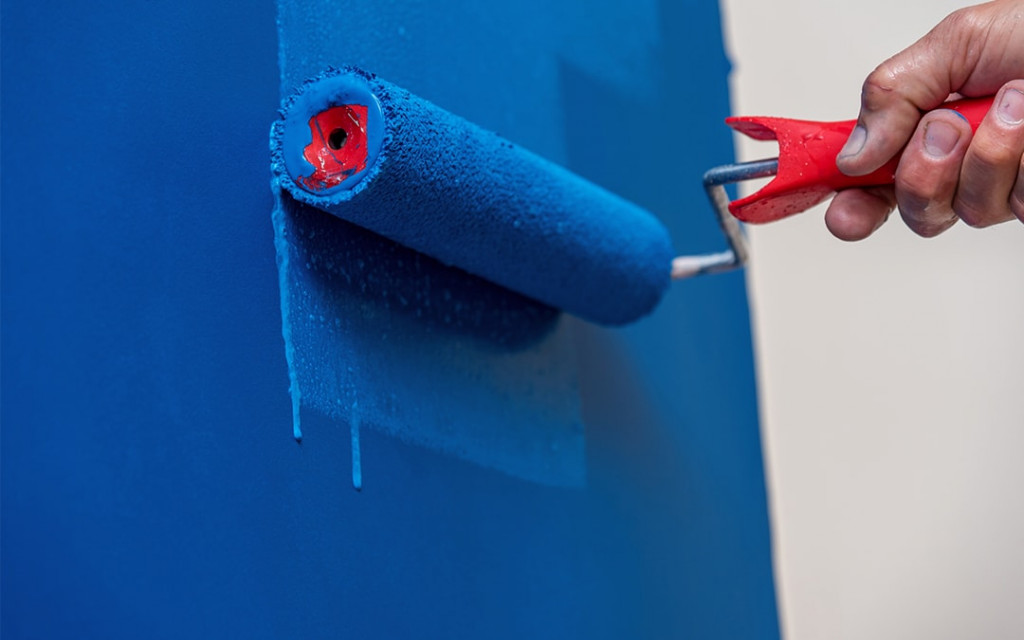
Choosing paint back in the day was a much easier job, but today you have more than a handful of things to choose on painting a single wall. Whilst deciding on the regular head-scratchers like paint brand, paint colour and paint finish, thanks to the advances in paint technology, now you have a new conundrum known as physical types of paints. The physical type of paint is basically the solvent used in your paint.
The solvent used in your paint has a great impact on your health and the environment. The paints are majorly classified as water-based paints and solvent-based paints, on the basis of base used. Though decades ago, virtually all paints were solvent based, advancement in technology has made water-based paints on par with the solvent-based paints. Here we discuss the differences, advantages and drawbacks of the two type of paint, and maybe make it easy for you to decide.
Water-Based Paints:

There can be many technologies and technical terms associated with water-based paints but simply put, it is a paint manufactured with water as the solvent. It contains filler, pigments and binder, all dissolved in water. Their low level of volatile organic compound (VOC) made it a go-to paint after the new VOC regulations. This makes them environmental friendly paint with minimal to zero harmful effects on your health. “It’s like watching paint dry” is a famous statement, termed after the dry time required by paints, used for anything too long and uninteresting. However, water-based coatings have a really quick dry time and can be ready for recoating in 2 hours.
These paints are also easy to clean and will help you to keep your walls cleaner. With little to no smell, it creates a more pleasant painting experience and makes the environment children friendly. Water-based paints are used in swimming pools to barns, roofing to railings, and floors to cladding. Eventually, water-based paints are suitable for nearly any application requirement.
Solvent-Based Paints:

Solvent-based paints contain organic compounds as solvents. The organic compounds ensure a hard and durable finish that resists scratches and abrasions on your wall. Solvent-based coatings are too thick and you need mineral spirits or turpentine to clean and thin the paint. The thicker nature of it also tends to hide the imperfections on your wall but also demands a persistent dry time.
They are more efficient when used during freezing temperatures, and other climatic conditions as it has high resistance to extreme weather conditions. The VOC in these paints are also powerful enough to cause strong headaches, troubles breathing and just an overall feeling of being unwell. In addition to all that, these paints also carry an overwhelming odour that can be disturbing to children. All these attributes, make it an ideal choice for exterior coating rather than the interior.
How Water-Based Paints is Better?

Many years ago, oil-based paints were the choice of painters, but the new VOC regulations and improvements in water-based paints led to the ban against using oil-based paints in several places. Whereas with little to no emission that would harm our environment, water-based paint is favoured by most painters. With environmental compliances, water-based paints have also durability and performance that is better than solvent-based paints.
The water-based paints are the ideal choice of paints for your home interiors while the solvent-based paints are only suited for exteriors where dirt and temperature changes more frequently.
Post time: Oct-07-2023





